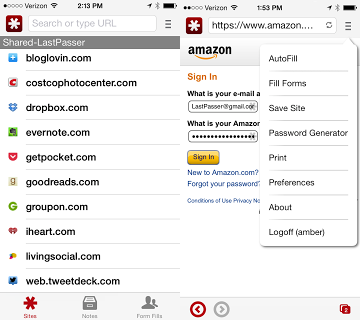
The worst password of all is no longer ‘password’ according to hacked accounts chart

You might have thought that it would be hard to come up with a worse password than ‘password,’ but according to a chart compiled by SplashData from hacked accounts, it has been edged out by ‘123456’.
The far more secure ‘12345678’ (33 percent more secure!) retains its position as number three, while a new entry in sixth place goes as far as ‘123456789’. Sadly, ‘letmein’, a password I always felt deserving of classic status, dropped seven places to achieve a mediocre ranking of 14.
Apple introduced iCloud Keychain as part of Mavericks and iOS 7.0.3, and if you’re not already using it, you can read our how-to guide. If you’re using older versions of OS X or iOS, we also ran a how-to guide on using a password manager to have unique, secure passwords for each website.
Via re/code



